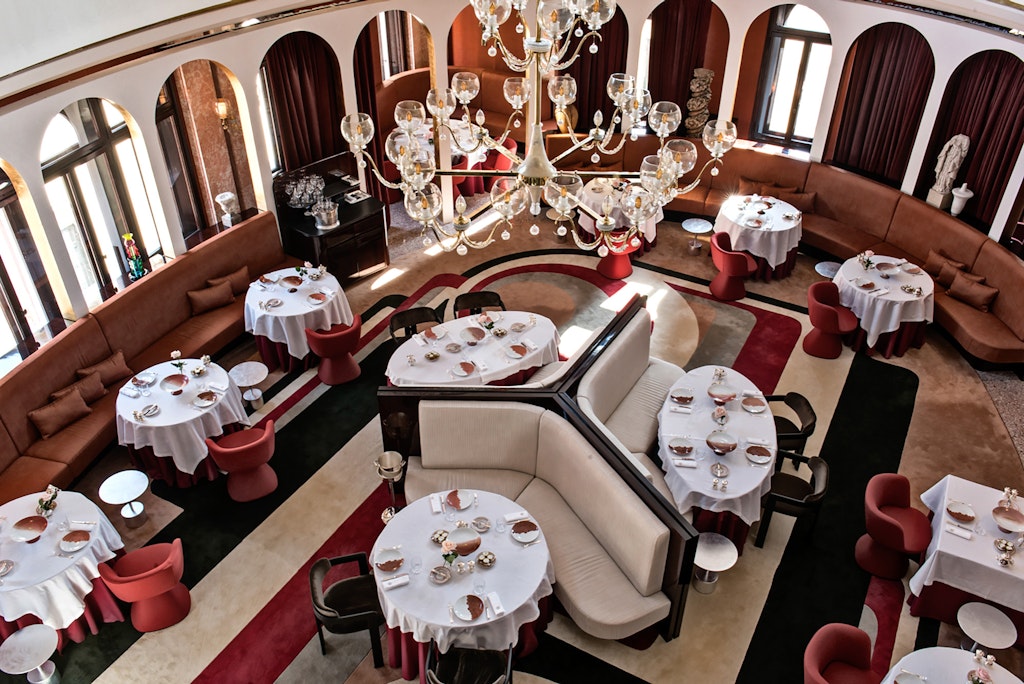A Midsummer Summer Night’s Meme
The customer is always right – especially in the realm of dreams
What do they mean, these American revels in the moonlight? The young mass each day at dusk. Every summer night leaves its residue of dream images of riot and pleasure. We awake each morning to bleary fragments, little dewdrops of flame and terror caught in the hand-held camera. In their online circulation, the algorithm spins them with all the other fragments into a whirl of light, a cosmos of revolt. But all this is an illusion. Gentles, ‘tis but a Midsummer Night’s Meme.
We were supposed to be stardust, but we have become data points. The Garden to which technology has returned us is carpeted with floating signifiers. Each has its micro-value, and each adds up to a margin that can be squeezed for a thin slice of profit. This is the coherence of our digital life. Capitalism 3.0: from Venetian import-export to the titan of industry and the robber baron, and now the barons of Silicon Valley, who import and export our very selves across our firewalls and rob us while they do it.
Today’s memes of revolt and riot are socially unreal, if not digitally false in their impression of coherence and purpose
In Shakespeare’s Midsummer Night’s Dream, the lovers escape from reality by turning over the statuesque monarch of their imaginations, Titania, Queen of the Fairies. The pity lies in the deeper revelation that daylight reality, mechanical and shallow, is less real than dream life. In the morning, Bottom and his mechanicals perform a dumb show for their rulers. They assemble a pastiche of historical drama from fragments – memes, as we now call them – of other people’s plays.
All art, Aristotle wrote, is mimesis, imitation, from mimos, ‘actor’. Like a dream, and like the Dream, the memes of revolt and riot we are witnessing are imaginatively real. They are the stuff of the Western theatre of revolutionary dreams, a conscious attempt to revive the repertory script of 1968. Yet they are also socially unreal, if not digitally false in their impression of coherence and purpose.
The displays of virtue and the purging of icons are rituals of purity. Yet physical display and action cannot purge our society of their ostensible target, for the meme of racism is imaginative. The displays can, however, stigmatise its physical and social expression. The displayers meme this at the rest of us as a rebalancing of power. But who, to use the mimetic and emetic vulgarism of the day, is ‘empowered’ by the display?
The meme-makers have been to college, and they subscribe to Foucault’s ideas about the circulation of power. If they attended a truly expensive college and managed to unhook their lips from the bong for long enough, they may even have read Mikhail Bakhtin on the carnivalesque. But they clearly didn’t finish the assignment. As the end of the Dream shows, and as Bakhtin found out when he got on the wrong side of the Soviet secret police, power always reverts to its owners.
Meme maker, meme breaker: the meme of carnival is crafted by the powerful and inherited by their children. Before the revolution 1789, France produced too many lawyers. The state failed to supply interesting and well-paid work, and the thwarted graduates turned against the system. This overproduction of the entitled was already recognized as a bug in the modern system. That is why Shakespeare wrote, ‘The first thing we do, let’s kill all the lawyers.’

Colinford Mattis, 32, is a Princeton-educated corporate lawyer. His friend Urooj Rahman, 31, is also a lawyer, who studied at Fordham. Mattis is black, Rahman is of Indian background. Both are the children of immigrants, and grew up in what the New York Times calls ‘working-class Brooklyn neighbourhoods’. Yet they set fire to a police car with a Molotov cocktail and, prosecutors allege, were seen handing out further bombs to protestors.
Their meme is real and unreal. The image of Rahman is the quintessence of college-level unreality. The moonlighting revolutionary masks her face with one meme, a Palestinian keffiyeh, and clutches in her hand another, a bottle of Bud Light. The composite meme produced by substituting gasoline for the most insipid liquid known to man is a failed attempt to turn dreams into reality.
There is no connection between this theatre of memes and the reality it purports to reflect. We know that sacking a neighbourhood is the best way to set its economic development back decades. We know that withdrawing the police from a neighbourhood is sure to be followed by a rise in crime – a fact proven again by the shameful rise in the murder rate in New York and Chicago in recent weeks. So either these gestures of revolt have no connection to social reality, or they’re following a different script from the one they claim to follow.
They have bought the American meme, the dream of infinite optimism, and paid for it with worthless degrees and student loan debt
The educated meme-makers of these summer nights are the thwarted children of the meme-making classes. They have, with good reason, lost their faith in the ability of the American system to generate the kind of pleasant and rewarding work which will allow them to sustain or improve upon their status. They have bought the American meme, the dream of infinite optimism, and paid for it with worthless degrees and student loan debt. Now they’re demanding value for money, because the customer is always right – especially in the realm of dreams.
Enjoying The Critic online? It's even better in print
Try five issues of Britain’s newest magazine for £10
Subscribe














